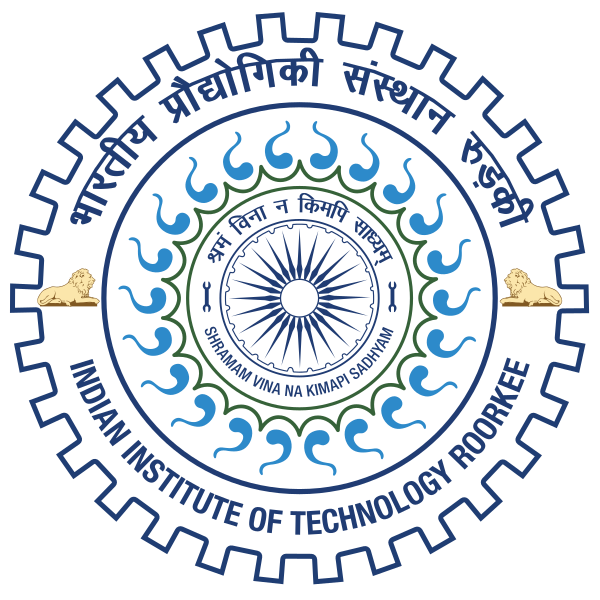Please use this identifier to cite or link to this item:
http://localhost:8081/jspui/handle/123456789/18402Full metadata record
| DC Field | Value | Language |
|---|---|---|
| dc.contributor.author | Saroj, Ravi Kumar | - |
| dc.date.accessioned | 2025-11-13T10:16:18Z | - |
| dc.date.available | 2025-11-13T10:16:18Z | - |
| dc.date.issued | 2024 | - |
| dc.identifier.uri | http://localhost:8081/jspui/handle/123456789/18402 | - |
| dc.guide | Arora, Pratham | en_US |
| dc.description.abstract | India has several industries that generate a good amount of paper waste. Gasification of paper waste briquettes is a process that involves converting paper waste into synthetic gas or "syngas." The syngas can be used for power generation or as feedstock for producing chemicals and liquid fuels. This method is frequently viewed as a safer, greener option than traditional landfilling or cremation of paper waste. To reduce the discharge of dangerous pollutants into the environment, gasification also necessitates adequate emission controls and the cautious treatment of potentially toxic byproducts like ash and tar. Overall, if done responsibly and under suitable supervision, the gasification of wastepaper can be a valuable and sustainable waste management option. Paper waste has a significant impact on water quality. Paper waste can decompose and release harmful gases like CH4, CO2, etc., and chemicals into the water when it enters waterways. Aquatic life can then ingest these chemicals, leading to various health problems. In addition, paper waste can clog waterways and disrupt lives and ecosystems. The features of gasification, such as the reactor's temperature profile, biomass consumption rate, and the volume fraction of CO, H2, and CH4 in the producer gas, as well as the gasifier's performance, which includes a heating value of the producer gas and an efficient cold gas output, are monitored, and examined. In the syngas from the experiment, the amounts of CH4, H2, CO2, CO, and O2 were 5.32%, 8.64%, 14.78%, 14.87%, and 0% respectively. As the electric load increased from 1.5 kW to 4.5 kW, the average CO concentration decreased from 15.35% to 14.87%, while the average CO2 concentration increased from 13.47% to 14.78%. The average CH4 concentration rose from 4.05% to 5.32%, whereas the average H2 concentration decreased from 11.47% to 8.64%. This increase in electric load likely contributed to the enhancement of producer gas yield, improving cold gas efficiency from 78.51% to 84.63% and hot gas efficiency from 80.65% to 87.97%. | en_US |
| dc.language.iso | en | en_US |
| dc.publisher | IIT, Roorkee | en_US |
| dc.title | ANALYZING SYNGAS PRODUCTION FROM PAPER WASTE BRIQUETTES USING A DOWNDRAFT GASIFIER FOR POWER GENERATION | en_US |
| dc.type | Dissertations | en_US |
| Appears in Collections: | MASTERS' THESES (HRED) | |
Files in This Item:
| File | Description | Size | Format | |
|---|---|---|---|---|
| 22513005_RAVI KUMAR SAROJ.pdf | 2.64 MB | Adobe PDF | View/Open |
Items in DSpace are protected by copyright, with all rights reserved, unless otherwise indicated.

